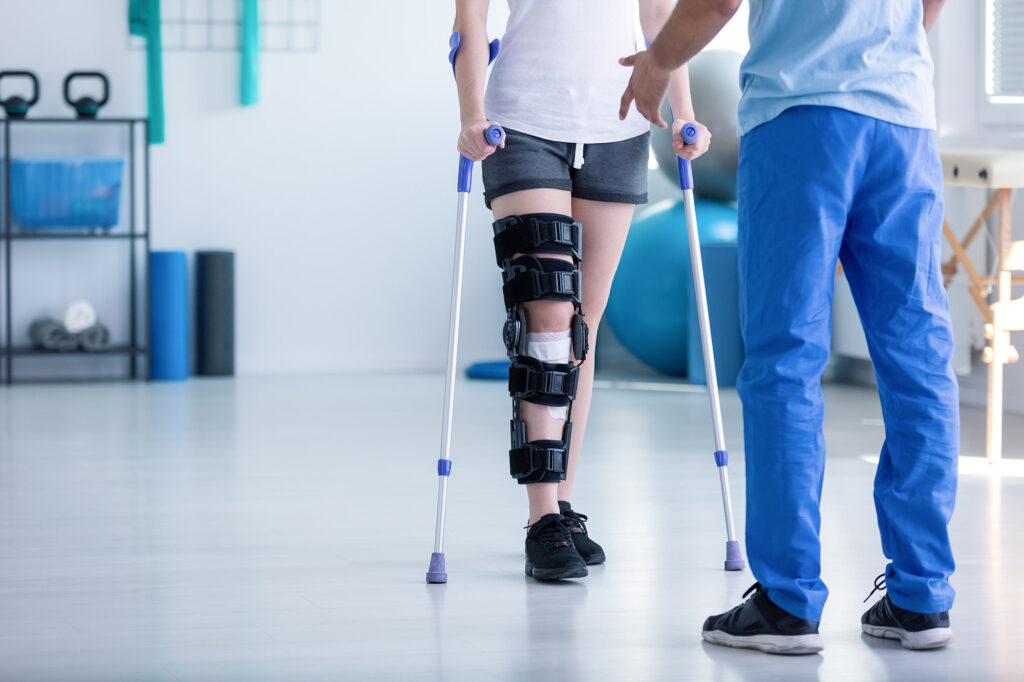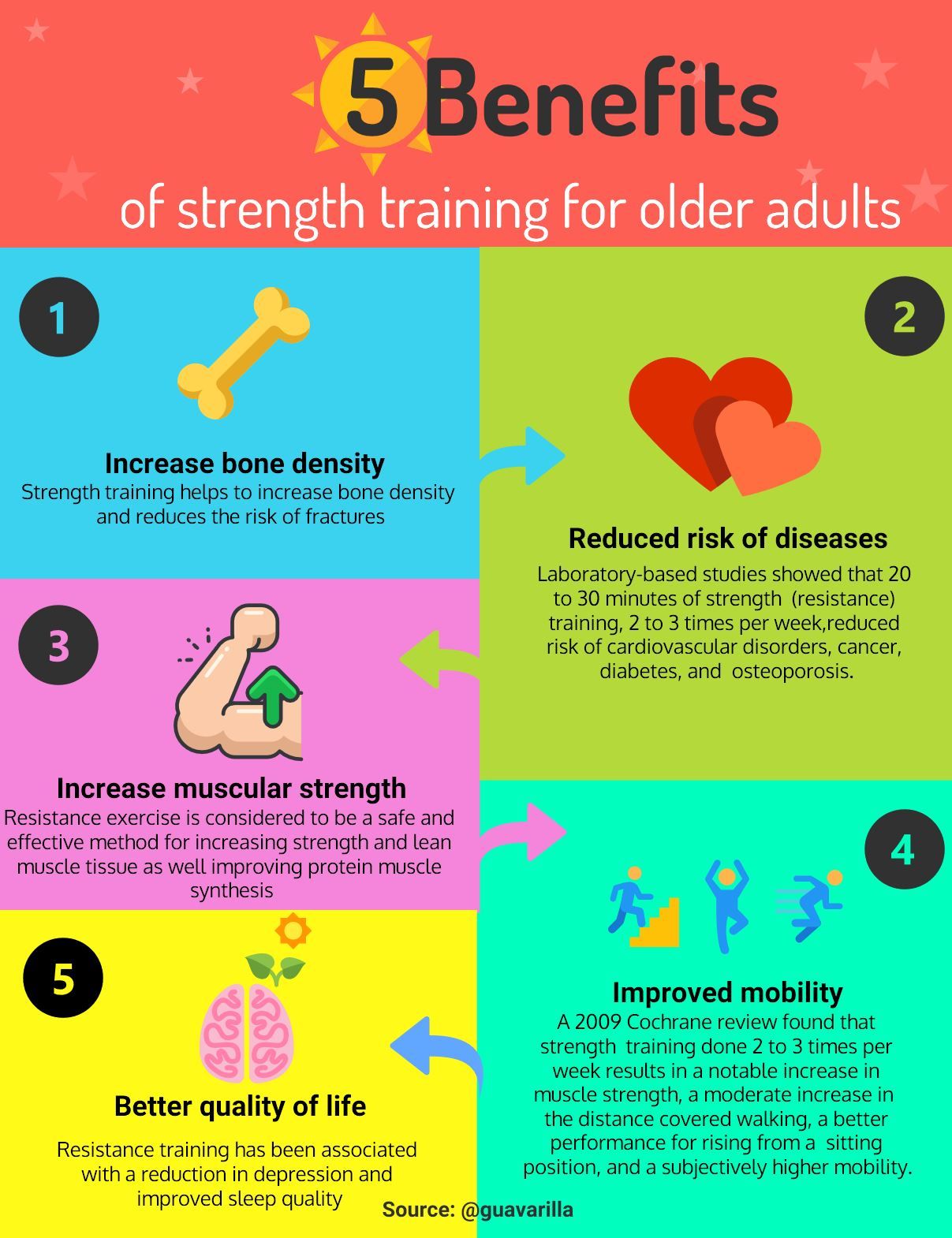We are experts in Physiotherapy-led rehabilitation which can play a pivotal role in the recovery process
following hip and knee replacements. These surgeries, often performed to relieve pain and restore mobility in patients suffering from
severe arthritis or joint damage, require comprehensive rehabilitation to optimize outcomes. The primary goal of physiotherapy in this
context is to enhance mobility, restore function, prevent complications, and improve overall quality of life.
1. Improved Joint Function and Mobility
One of the foremost benefits of physiotherapy-led rehabilitation is the improvement of joint function. After
hip or knee replacement, the new joint often feels stiff and weak. A tailored physiotherapy program focuses on exercises that promote
flexibility, strength, and range of motion. Early mobilization, typically starting within 24 hours after surgery, helps patients regain
confidence in using the affected limb. Regular physiotherapy sessions gradually restore functional movements like walking, climbing stairs,
and getting in and out of chairs, allowing patients to return to their daily routines.
2. Pain Management
Post-surgical pain can be significant, but physiotherapy offers effective strategies for pain relief.
Techniques like manual therapy, massage, and gentle mobilizations help reduce stiffness and swelling, easing discomfort. Physiotherapists
also teach patients exercises that promote circulation and reduce post-operative swelling, contributing to pain management. Moreover, they
educate patients on how to move correctly and avoid positions that might cause discomfort, reducing the need for pain medications and
promoting a more comfortable recovery.
3. Enhanced Muscle Strength
Following joint replacement surgery, the surrounding muscles often weaken due to inactivity and altered
movement patterns caused by pain prior to the surgery. Physiotherapy-led rehabilitation focuses on strengthening the muscles around the
joint, such as the quadriceps, hamstrings, and gluteal muscles for knee replacements, or the hip flexors and abductors for hip replacements.
Strengthening these muscles is crucial for joint stabilization, which supports the new joint and prevents future complications.
4. Prevention of Complications
Physiotherapy plays a crucial role in preventing complications such as blood clots (deep vein thrombosis),
joint stiffness, and muscle atrophy. Early movement and exercises improve circulation, which reduces the risk of blood clots. Additionally, a
structured rehabilitation program helps prevent joint stiffness by maintaining an optimal range of motion. Physiotherapists also guide
patients on how to prevent muscle wasting by maintaining a balance between exercise and rest, ensuring the muscles do not weaken from
disuse.
5. Faster Recovery and Return to Daily Activities
Patients who engage in physiotherapy after hip or knee replacement often experience a quicker recovery. The
structured and personalized nature of physiotherapy programs ensures that patients progress steadily, avoiding both overexertion and
underuse of the joint. By gradually increasing the intensity and complexity of exercises, patients can regain their functional independence
more quickly, enabling them to return to work, hobbies, and daily activities sooner than if they pursued rehabilitation without professional
guidance.
6. Psychological Benefits
In addition to physical recovery, physiotherapy offers psychological benefits. The process of rehabilitation
can be daunting, and patients may feel anxious or uncertain about their recovery. Physiotherapists provide reassurance, motivation, and
encouragement, helping patients stay committed to their recovery goals. This emotional support is crucial in maintaining a positive outlook,
which has been shown to improve rehabilitation outcomes.
Physiotherapy-led rehabilitation is essential following hip and knee replacements to ensure optimal recovery.
Through tailored exercises, pain management strategies, and preventative measures, physiotherapy helps patients regain mobility, strength,
and function while reducing the risk of complications. By supporting both the physical and psychological aspects of recovery, physiotherapy
enables patients to return to their daily lives with improved quality of life and greater independence.




